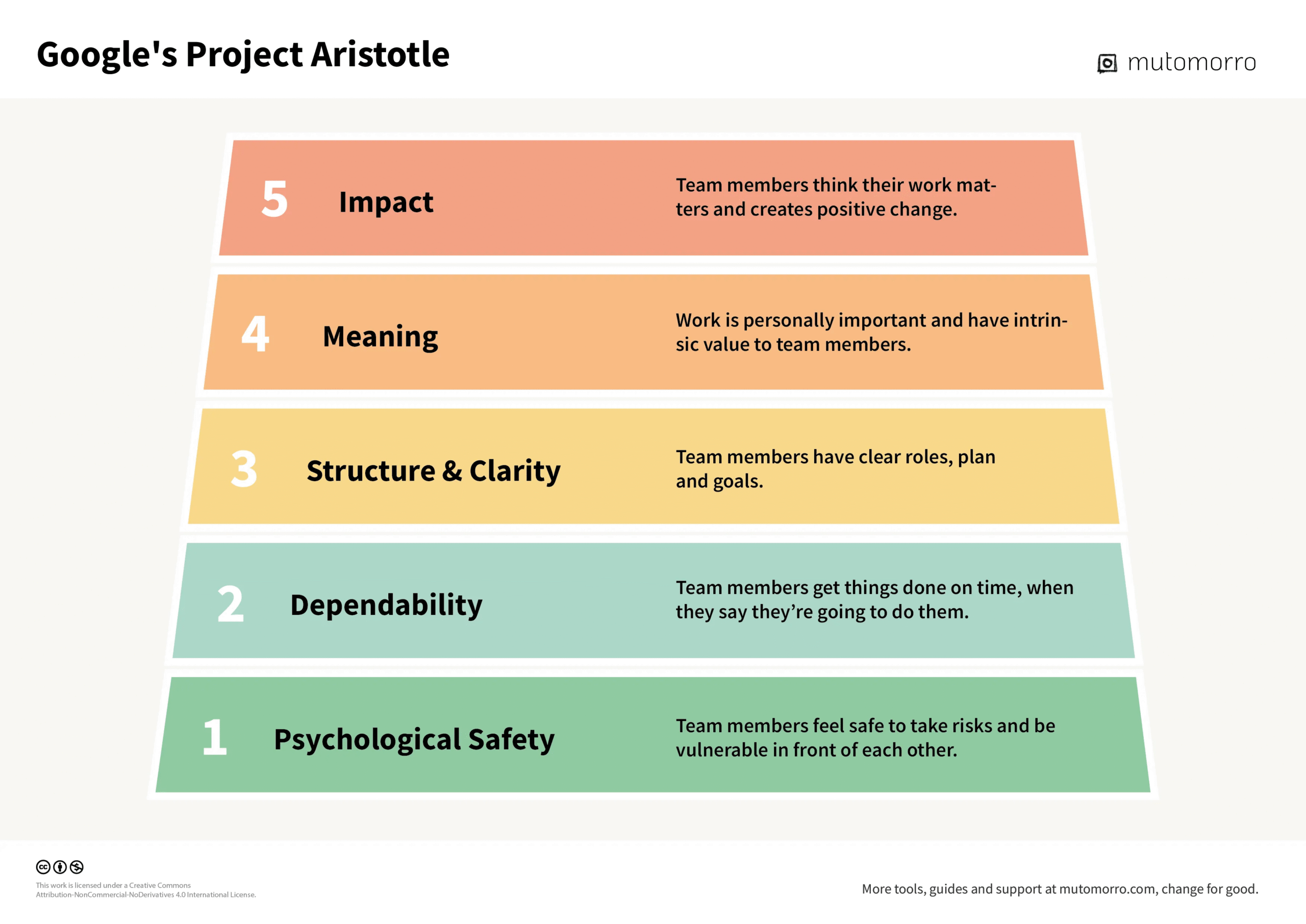7 Secrets to Building High-Performance Teams
Date: 2025.07.02
Secrets to Building High-Performance Teams: 7 Core Factors for Success
Introduction to Team Development Stages (Tuckman Model):
・Forming (Formation)
・Storming (Conflict)
・Norming (Stabilization)
・Performing (High Performance)

Why Build High-Performance Teams?
In today’s fiercely competitive business environment, success no longer depends on outstanding individuals but comes from collective strength. A high-performance team can create superior differentiation.
According to McKinsey & Company research, effective teams can achieve results 5 times higher than average teams. When Steve Jobs acquired Pixar in 1986, he prioritized building a unique teamwork culture, helping create masterpieces like “Toy Story” and “Finding Nemo”. This is clear evidence of the power of well-coordinated teams.
7 Secrets to Building High-Performance Teams
1. Clear, Shared Objectives
An effective team needs specific, measurable goals with clear deadlines. Instead of “doing good work,” aim for “achieving X results in Y time with Z standards.”
2. Clear Role Definition and Responsibilities
Each member needs to understand their tasks clearly and how that role contributes to the common goal. This helps create cohesion and tight coordination.
3. Open Communication and Psychological Safety
Encourage everyone to share opinions without fear of judgment. According to Google’s “Project Aristotle,” psychological safety is the most important factor affecting team performance (Source: re:Work with Google).

4. Appropriate and Flexible Task Assignment
Put the right person in the right job, while creating flexibility to support each other when needed. When working according to strengths, performance will skyrocket.
5. Mutual Trust and Respect
Create a transparent environment, acknowledge contributions, resolve conflicts in a constructive and fair spirit.
6. Listen and Fair Evaluation
Leaders should listen, provide constructive feedback, and evaluate based on actual results, without bias.
7. Knowledge Sharing and Continuous Improvement
Encourage mutual learning and apply the PDCA method (Plan – Do – Check – Act) to enhance performance and continuous innovation.
Popular Tools for Building & Maintaining High-Performance Teams:
・Trello / Asana: Work management, deadlines, clear task assignment.
・Slack / Microsoft Teams: Effective team communication, remote collaboration.
・Google Workspace / Notion: Document systematization, internal knowledge sharing.
Common Challenges in Teamwork & Solutions
1. Personal Conflicts:
Focus on the issue, not personal attacks. Aim for win-win solutions.
2. Lack of Commitment:
Create conditions for members to participate in decisions, understand goals and the reasoning behind them.
3. No Accountability:
Clearly identify who is responsible for each result. Establish a transparent evaluation system.
How to Measure Team Effectiveness
1. Work Results:
・Are objectives achieved?
・Is quality ensured?
・Is the schedule on time?
2. Work Process:
・Member satisfaction level?
・Is communication effective?
・Are conflicts resolved quickly?
3. Team Development:
・Learning something new?
・Are members developing?
・Do talents want long-term commitment?
Quick Checklist to Evaluate Your Team’s High Performance:
✅ Does everyone know the objectives clearly?
✅ Are roles and responsibilities clear?
✅ Is communication open and positive?
✅ Are there progress tracking tools?
✅ Is there continuous improvement?
Signs Your Team Might Be Struggling
・Frequent conflicts or “cold wars”
・Delaying deadlines, passing the buck
・Members afraid to voice opinions
・No one proactively improves or learns
📌If your team shows at least 2/4 of these signs, it’s time to review how the team operates.
1. Reset team objectives in next week’s meeting
2. Try using tools like Notion or Trello for work transparency
3. Internal networking to increase connection and trust
4. Organize short monthly review/feedback meetings for improvement
Conclusion
Building high-performance teams is a long journey, requiring strategic thinking, leadership ability, and understanding of people. When each member leverages their strengths in an environment of trust and cohesion, not only does performance increase, but work spirit and creativity will also spread.
🔔 Are you ready to enhance your team’s performance?
Start by sharing this article with your teammates and applying it step by step together!






